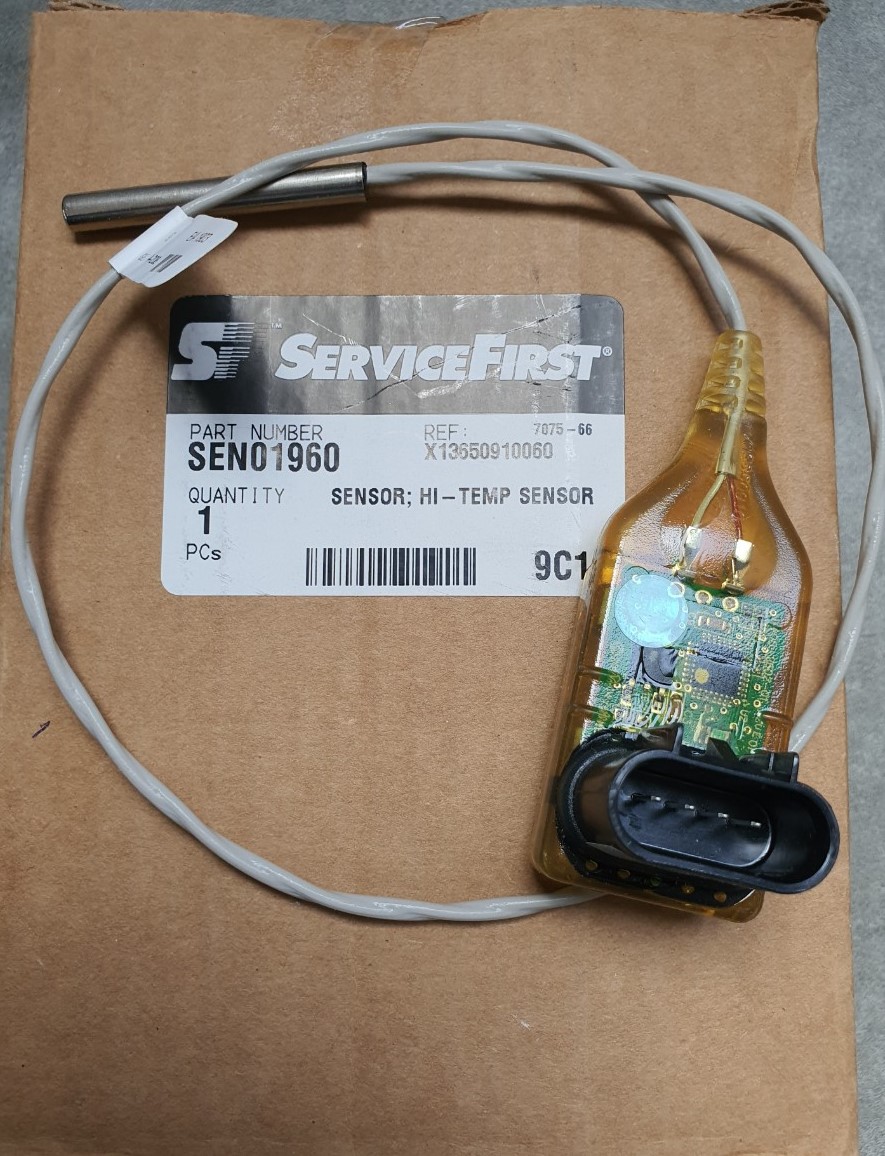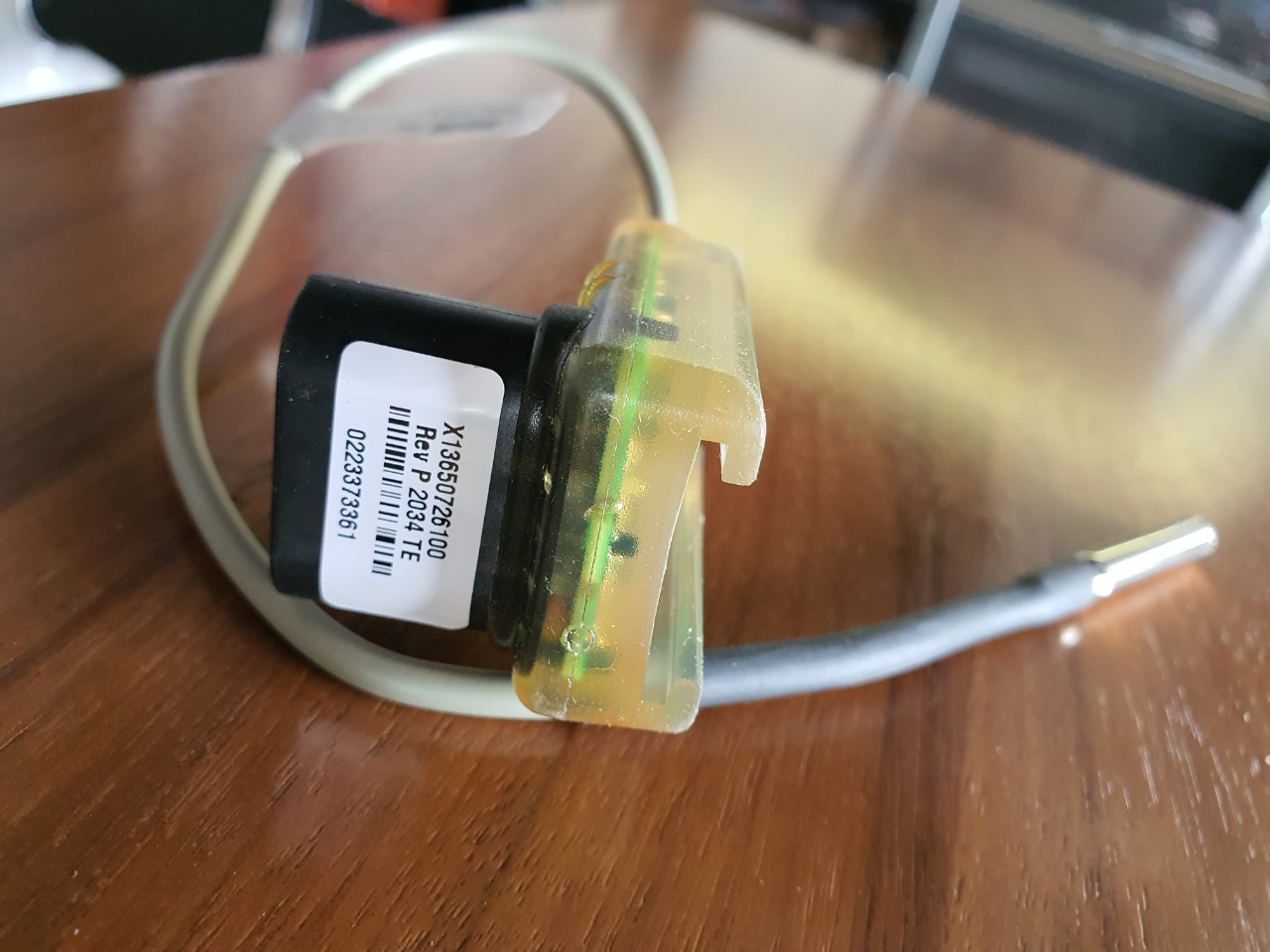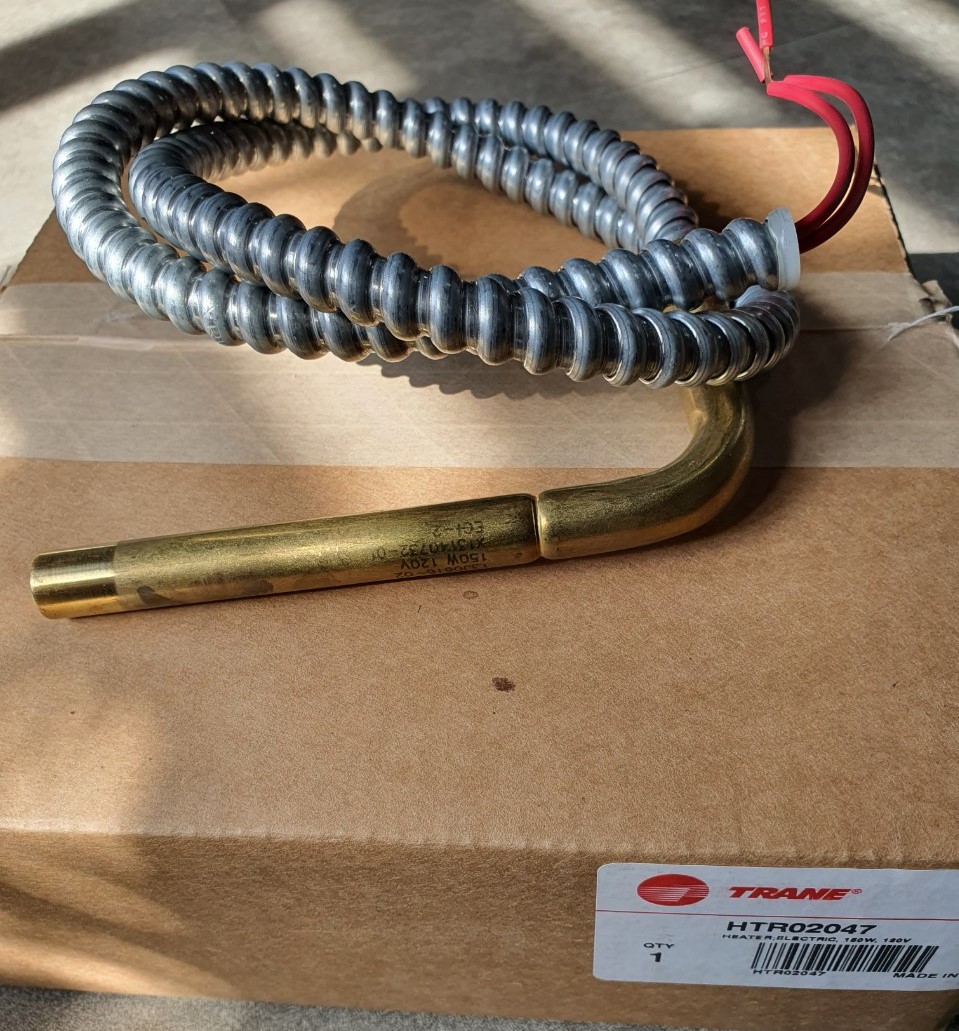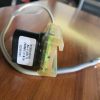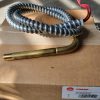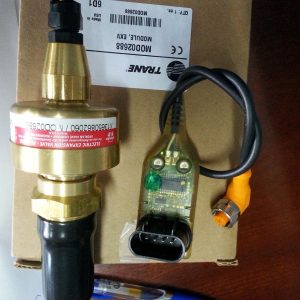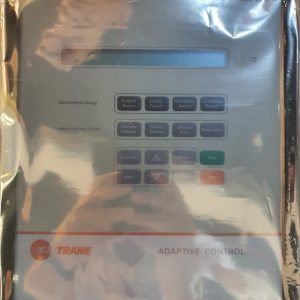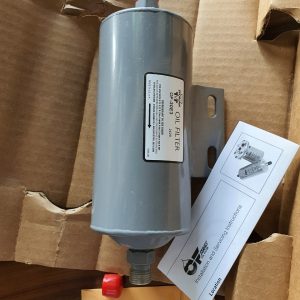A sensor is a device used to measure, count, feel,… Physical quantities do not turn into electrical signals.
Temperature sensors used in chillers include the following types:
* Thermocouple:
– Structure: Consists of 2 different metal materials, welded at one end.
– Principle: Temperature change gives a variable electromotive force (mV).
– Advantages: Durable, high temperature measurement.
– Cons: Many influencing factors make the error. The sensitivity is not high.
– Commonly used: Thermal furnace, harsh environment, compressor viscosity heat measurement,…
– Measuring range: -100~1400oC
* Thermistor:
– The structure of the thermistor consists of metal wires made of: Copper, Nickel, Platinum,… wrapped according to the shape of the probe.
– Operating principle: When the temperature changes, the resistance between these two metal wires will change, and depending on the metal material, there will be linearity within a certain temperature range.
– Advantages: higher accuracy than thermocouple, easier to use, unrestricted wire length.
– Disadvantages: The measuring range is smaller than the thermocouple, the price is higher than the thermocouple.
– Measuring range: -200~700oC.
* Metal oxide resistance:
– Structure: Made from a mixture of metal oxides: manganese, nickel, cobalt,…
– Principle: Change resistance when temperature changes.
– Advantages: Durable, cheap, easy to manufacture.
– Cons: Narrow linear range.
– Range: 50cells

